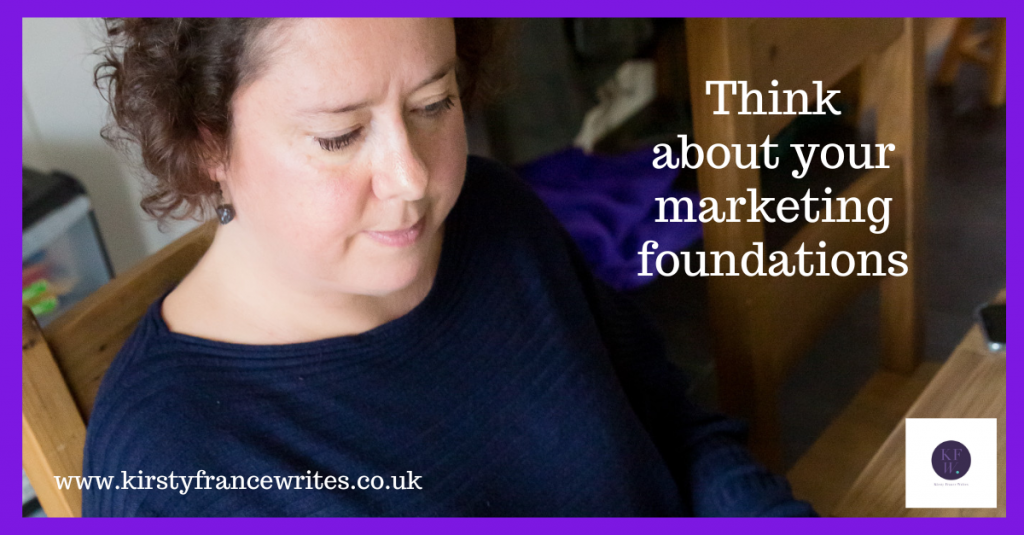
Does the phrase ‘content marketing strategy’ bring you out in a cold sweat? Yeah, me too and I write the content! It’s easy to overcomplicate things, but marketing only needs to tell people who you are, what you do and how that helps them. In practice it can be a bit more complex than that. So let’s make it easier. Thinking about your marketing foundations as the big topics helps you work out what you want to say.
Here are my building blocks for your big marketing topics
Why do your big marketing topics matter?
When I first started writing for a living my marketing had lots of useful tips and information about different types of marketing, but very little about how my services helped my clients. Working out what your big topics are helps you focus on what you do and how you help your customers. When your offer it clear your customers know what they’re going to get, so it makes it much easier for people to say “yes, I need that” and contact you to get started.
What products and services do you offer?
Your marketing can talk about different facets of the services and products you offer. For example, I might write about blogging, article writing, email marketing or website content. They’re all services I offer and my marketing can help people understand how they work.
You might have various products with different benefits. Identifying what they are or what groups they fall into helps you work out all the different subject areas you can talk about in your marketing.
Who are you?
I know you know who you are, but what do you stand for? What are your values? Think about the knowledge you’ve picked up along the way, the experience you’ve gained or how your story might resonate with your customers.
Sharing your stories can be a fantastic form of content in itself. However, you can talk about your values and share your experience in many different ways so getting clear on the fundamentals can make your writing better.
What do you want to offer?
You might look at your list of products or services and realise that while you could offer all of them, some of them leave you cold. Getting everything down on paper can help you create content but it also lets you review your business and what you want to offer. You might decide to offer a service if people ask but not include it in your marketing.
If it won’t light you up to offer the service or talk about the product, leave it out of your marketing.
What do your customers want?
Giving your customers what they want doesn’t mean offering services or selling products that you don’t want to. However, it is worth considering what they want or need that you can provide. For example, they might be overwhelmed because they’ve got too much to do and not enough time. They might have a problem that you can solve. Some of the benefits you offer could be tangible while others will be emotional. Think about who your customers are and how you help them.
I don’t do marketing strategy, but once you have a plan I can write the words that help you bring it to life. Book a call here and let’s have a chat about how that could work.








